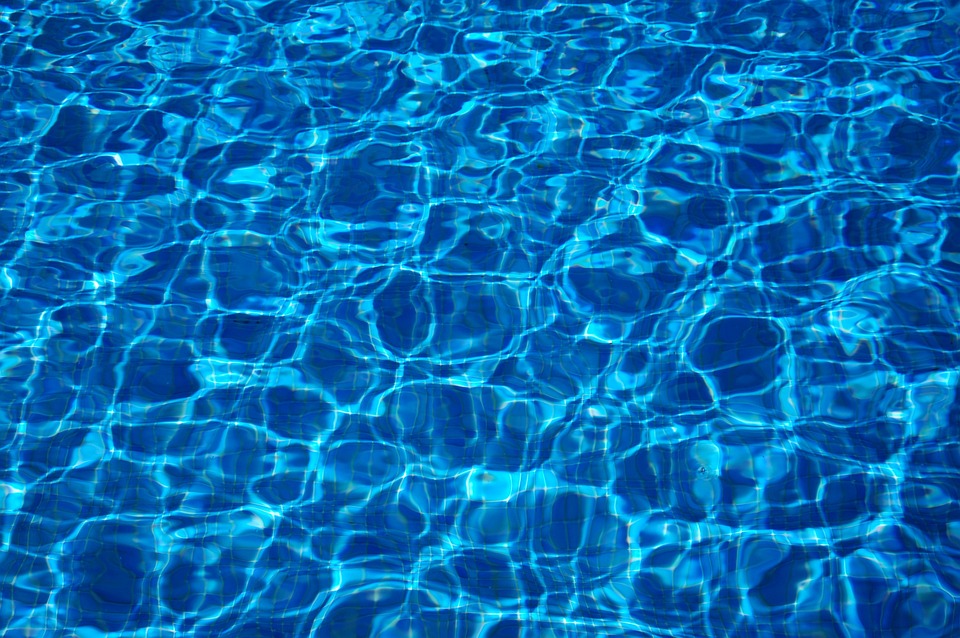Maintaining the proper balance of water chemistry in a swimming pool is crucial for both the health of swimmers and the longevity of the pool itself. By regularly testing the water and ensuring the levels of pH, total alkalinity, calcium hardness, and stabilizer are within the recommended range, pool owners can create a safe and enjoyable swimming experience. In this article, we will explore the importance of balancing water chemistry and provide guidelines for achieving the desired levels.
One of the key components of water chemistry that needs to be regularly monitored is the pH level. pH measures the acidity or alkalinity of the water on a scale of 0 to 14, with 7 being neutral. Maintaining a pH level between 7.4 and 7.6 is essential for a variety of reasons. First and foremost, it ensures the comfort and safety of swimmers. Water that is too alkaline or acidic can cause skin and eye irritation, as well as damage hair and swimwear. Moreover, incorrect pH levels can affect the effectiveness of sanitizers, such as chlorine, rendering them less efficient in killing bacteria and other pathogens. Additionally, improper pH balance can lead to the formation of scale deposits on pool surfaces and equipment, which can lead to costly repairs.
Total alkalinity is another crucial factor in water chemistry. It acts as a buffer, which helps to stabilize the pH level. Total alkalinity should ideally be maintained between 80 and 120 parts per million (ppm), or milligrams per liter (mg/L). When the total alkalinity is too low, the pH level becomes unstable, making it more difficult to maintain the desired range. On the other hand, high alkalinity can lead to cloudy water and scaling issues. By keeping the total alkalinity within the recommended range, pool owners can achieve better pH control and prevent potential problems.
Calcium hardness refers to the level of dissolved calcium in the water. Maintaining proper calcium hardness between 200 and 400 ppm is important for both swimmers and the pool infrastructure. Insufficient calcium hardness can lead to the corrosion of metal parts, including ladders, handrails, and pool heaters. It can also cause plaster and grout to deteriorate, resulting in costly repairs. Conversely, high calcium hardness can lead to the formation of scaling on pool surfaces, making it harder to keep the pool clean and increasing the risk of equipment damage. Regular testing and balancing of calcium hardness can help overcome these issues and extend the lifespan of the pool.
Stabilizer, also known as cyanuric acid, plays a crucial role in protecting chlorine from the sun’s ultraviolet (UV) rays. Its purpose is to prevent the quick breakdown of chlorine when exposed to sunlight, thereby prolonging its effectiveness. Maintaining stabilizer levels between 70 and 80 ppm is generally recommended. Without adequate stabilizer, chlorine will dissipate rapidly, demanding higher levels of chlorine addition to maintain a safe swimming environment. Conversely, excessive stabilizer levels can cause chlorine lock, where the chlorine becomes less efficient at sanitizing the water. Regular monitoring and adjustment of stabilizer levels can optimize the effectiveness of chlorine and save both time and money.
To maintain the desired water chemistry levels, pool owners should regularly test their water using appropriate test kits or strips. Testing the water at least once a week is generally recommended, with additional tests following heavy usage or extreme weather conditions. By routinely monitoring the pH, total alkalinity, calcium hardness, and stabilizer levels, pool owners can identify any imbalances and take prompt corrective actions.
In conclusion, maintaining proper water chemistry in a swimming pool is vital for the health and safety of swimmers, as well as the longevity of the pool itself. By regularly testing and adjusting the pH, total alkalinity, calcium hardness, and stabilizer levels, pool owners can create a pleasant and safe swimming environment. Aim for pH levels between 7.4 and 7.6, total alkalinity between 80 and 120 ppm, calcium hardness between 200 and 400 ppm, and stabilizer levels between 70 and 80 ppm. Through consistent monitoring and maintenance, pool owners can enjoy their pool to the fullest while minimizing potential issues and expenses.
Maintaining proper water chemistry in a swimming pool is crucial for the health of swimmers and the longevity of the pool. Regularly testing and adjusting pH, total alkalinity, calcium hardness, and stabilizer levels is important. pH should be between 7.4 and 7.6 to ensure the comfort and safety of swimmers and to optimize sanitizer effectiveness. Total alkalinity should ideally be between 80 and 120 ppm to stabilize pH levels. Calcium hardness between 200 and 400 ppm prevents corrosion and scaling issues. Stabilizer between 70 and 80 ppm protects chlorine from sunlight. Regular testing and adjustments will help create a safe and enjoyable swimming experience while avoiding costly repairs.
